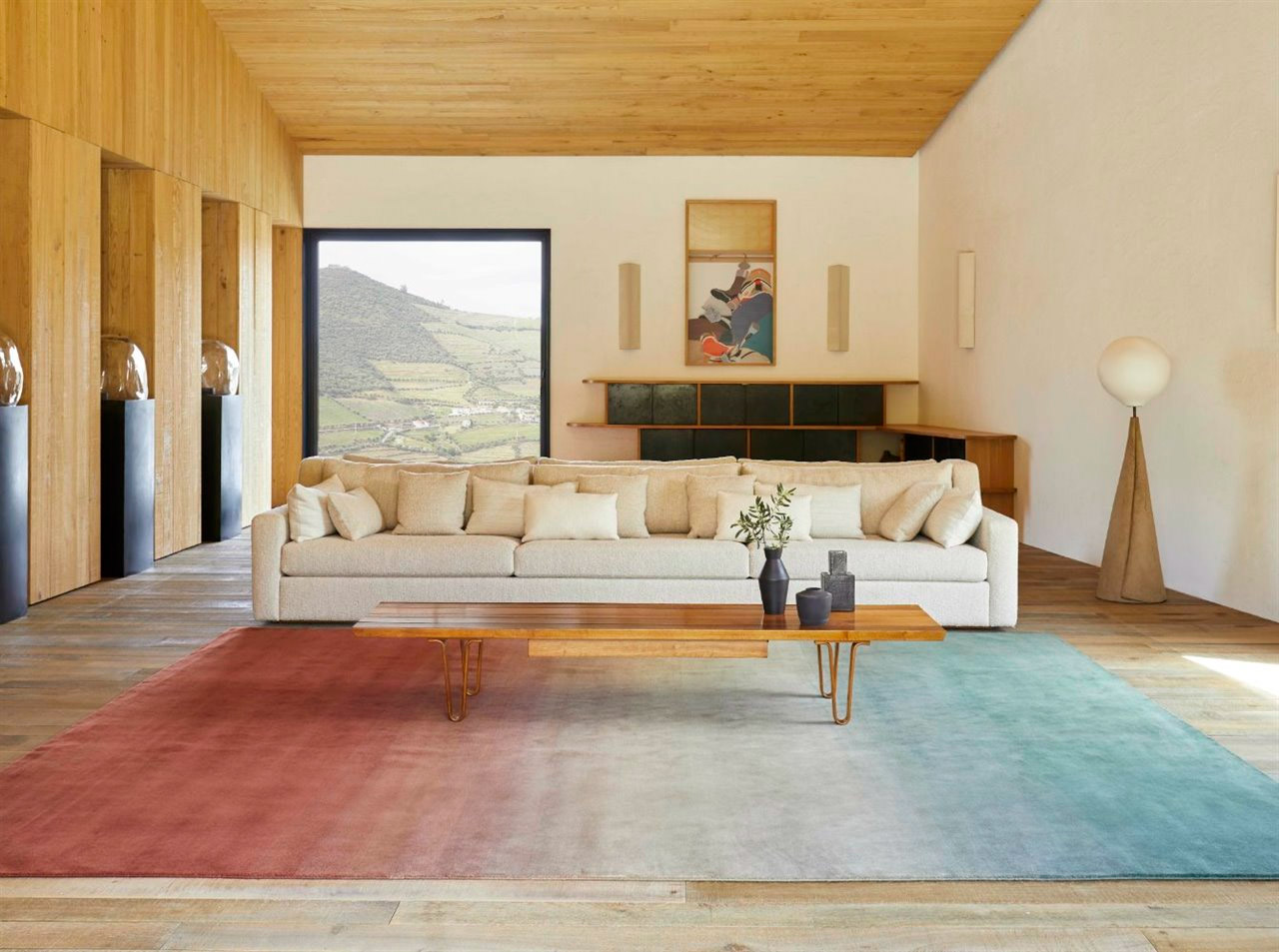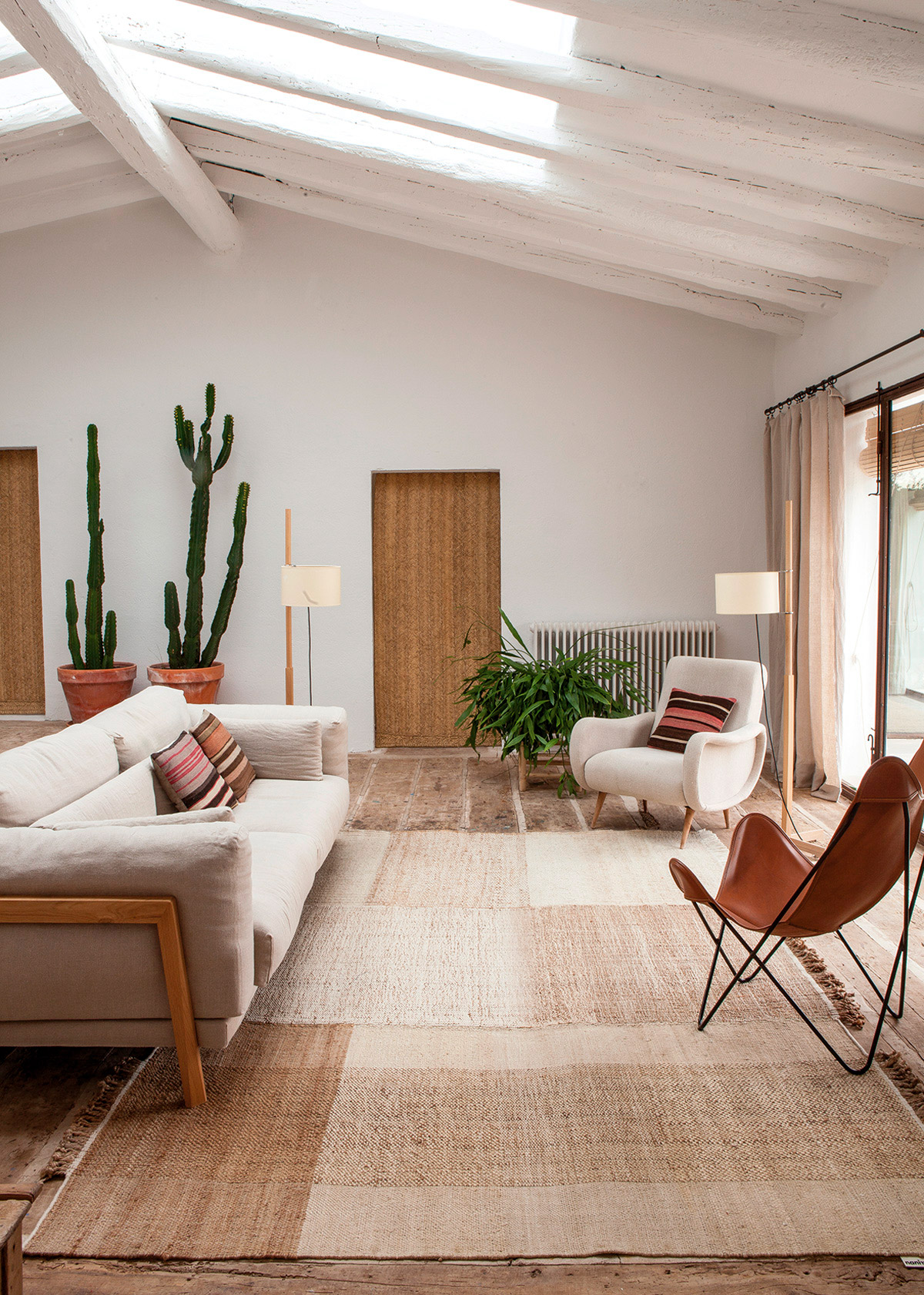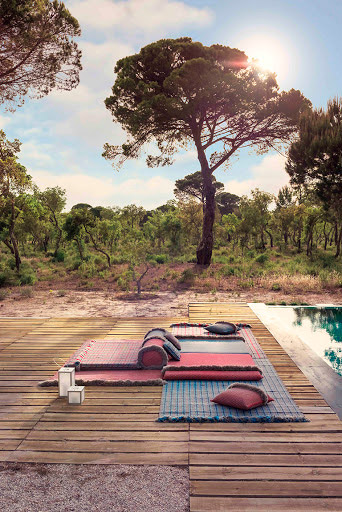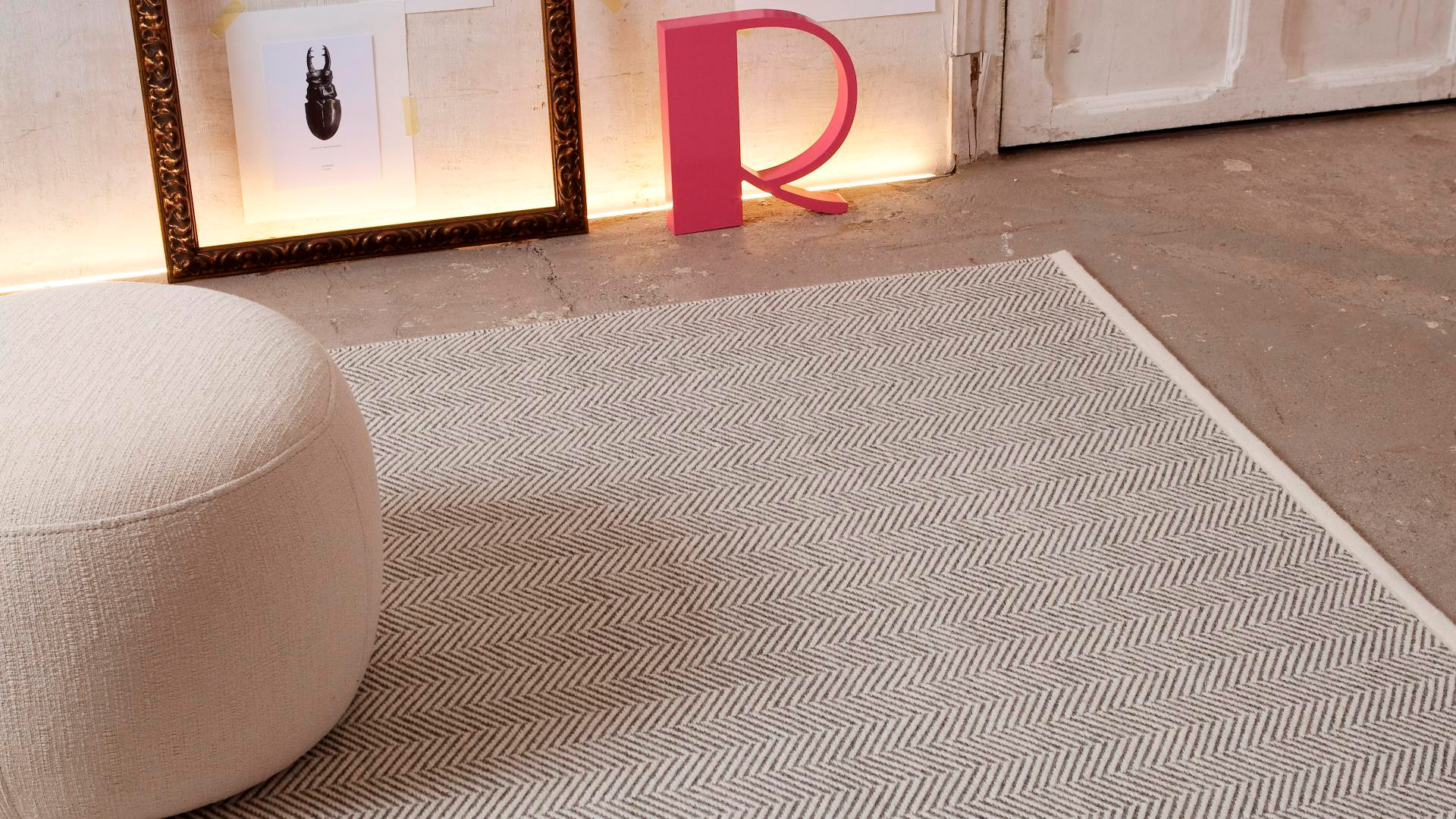Designer rugs are an excellent way to personalize a room. They can be bold and colourful, calm and welcoming, natural or handmade and even suitable for outdoors. It is true that with so many options available, it can be difficult to decide which carpet is best for your home. The type of rug you choose will depend on a number of factors, from aesthetic criteria to practicality, so here are our tips:


The first thing to consider when buying a rug is the people who live in the house and the space. Rugs are exceptionally versatile and can meet a variety of needs. Before you start looking for a rug, it is important to consider what the primary purpose of the rug will be. In many cases, it will simply serve aesthetic purposes, but in others, it may have an additional, more practical need.
The main uses given to a rug in modern homes today are;
Practic sense; Natural parquet floors can be very beautiful, but sometimes they cause some problems, such as noisy footsteps and heat loss.
They can also be dangerous if you have children crawling around. A luxurious and cozy style rug will help solve these problems.
Rugs can also protect high-traffic areas. Areas like hallways get used so often that carpets often wear out quickly, tiles can be scratched, and woodwork can be marred. Investing in a rug will ensure that the flooring underneath is protected from all marks, scratches, and general wear and tear. Paper and synthetic rugs are a particularly good option for these areas, as they are durable and can be easily moved and cleaned with a damp cloth.
Definition of spaces; To differentiate between different areas of open-plan homes, rugs are really useful. They help to distinguish areas without the use of walls and can also help add color and texture to a large space.
Picking up the living space with a large cozy rug that wraps around the sofa, coffee table or TV cabinet, or separating the dining area with a rug under the table, is essential when it comes to large open spaces.
Often the location of the rug can bring up more points to consider. If your new carpet is for the kitchen, stain resistance may be important; if it is in a sunny room, it is better that it has some treatment that protects it against direct sunlight.
Style and color – Now for the madness, there are so many patterns and textures in contemporary rugs. There are some with vibrant colors and abstract patterns that are ideal for modern living rooms or children’s rooms. Or if you are more traditional, there are also a wide variety of neutral tones with different qualities that are perfect for adding a subtle and cozy touch to a room, living room, dining room or hallway.
The quality of a rug is measured first and foremost by the material it is made of. Wool is one of the most popular options if you opt for a natural material. Wool rugs offer numerous advantages. Not only is it a fiber that offers comfort and warmth, it is also fire resistant, dirt repellent and an acoustic insulator. There are numerous types of wool available, including pure wool and New Zealand wool. Pure wool refers to hair that has been obtained from a sheep or lamb that has never been spun. It represents only 5% of the world’s fiber production worldwide and is a luxury product. New Zealand wool is grown on open pastures following sustainable land use and good animal practices, as well as being 100% natural, renewable and biodegradable. As an alternative to wool, woven paper is a great option for modern homes, especially in high-traffic areas like hallways. The tightly woven fibers ensure it’s durable and strong, and the applied coating allows you to clean it when needed.


If you have a wool rug, regular vacuuming will help regulate the natural shedding process and keep it free of excess fibers. If it’s viscose, vacuuming and brushing it is the best way to maintain it. If the rug is reversible, turning it inside out will ensure even wear and keep it moth-free. On the other hand, it is advisable to place a non-slip pad under your carpet. This will keep the rug in place (meaning no slipping or tripping) and prevent unnecessary slipping and soiling. They are available in various sizes and styles, but we recommend choosing a full-length poly mat that covers the entire underside of the rug. Finally, never pull loose threads. If you see a loose thread in your rug, make sure to cut it at the bottom as this will prevent it from unraveling.



